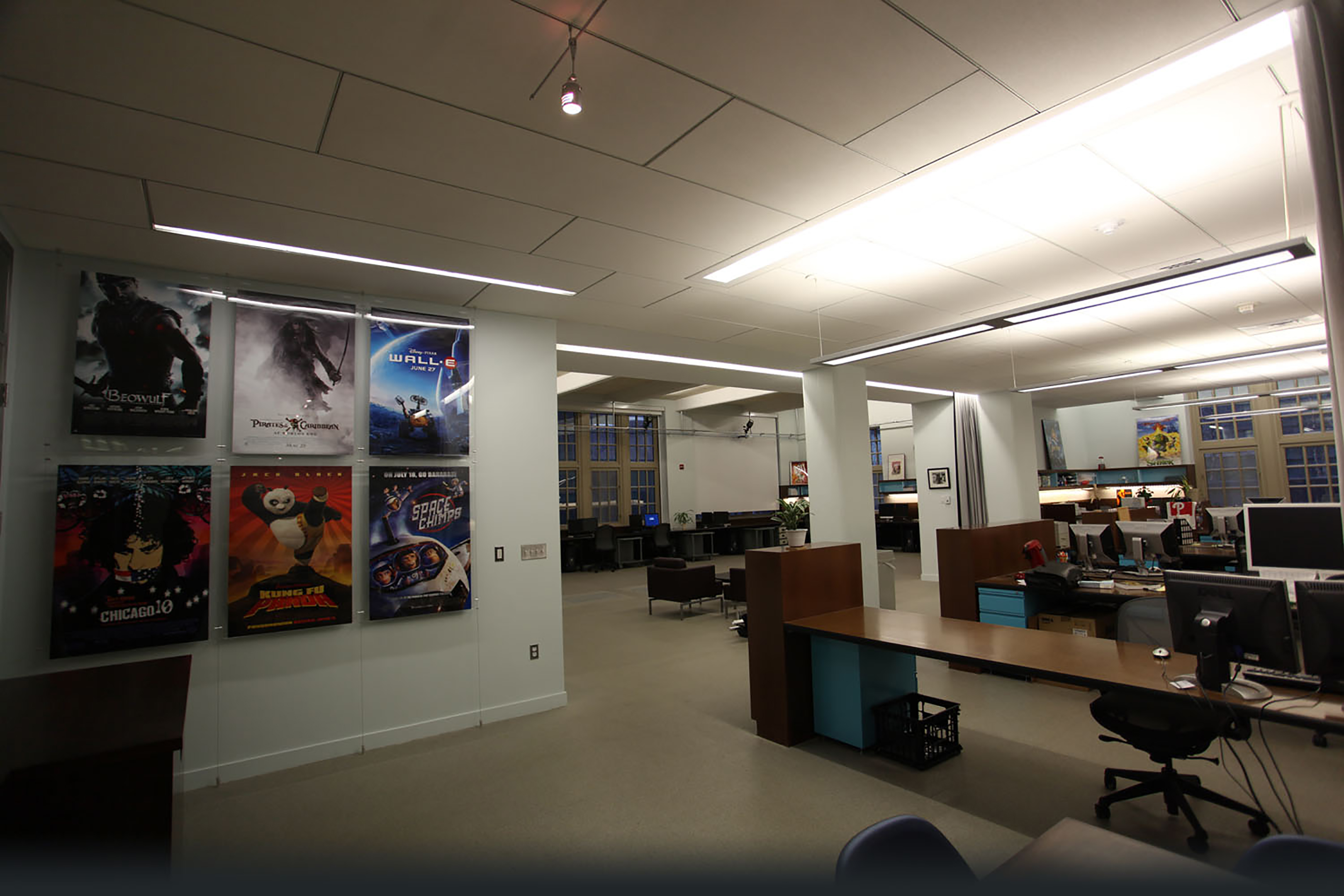

In January 1994, the Computer Graphics Research Laboratory of the Computer and Information Science Department at Penn became the Center for Human Modeling and Simulation (HMS). The lab has achieved international recognition for its research, specifically for the Jack ergonomics simulation software. Funded by both government and industry, Jack left Penn in 1996 when it was licensed to a start-up company, Transom Technologies Inc. After several corporate hops, Jack evolved into a broadly used, world-class human ergonomics product marketed by the Siemens Corporation.
The HMS Center's mission today may be broadly defined as the study of computer graphics and animation applied to the creation, animation, and utilization of human characters, crowd modeling and control, and computational connections between language and action. The Center’s research is well-represented and cited in the mainstream computer graphics literature. HMS exists to promote first quality research of international stature. The HMS Center provides a collegial and open atmosphere in which faculty, staff, and students cooperate and coordinate project work. Nearly a dozen Ph.D. students engage in collaborative research efforts with Masters and Undergraduate student participation.
Norm Badler, the Center's Director, has been actively involved in the national and international computer graphics community. He and other core faculty associated with the Center have graduated over 75 Ph.D students. Among all Computer and Information Science Ph.D's since 1975, 20% have been directly affiliated with the work of the Center or its Computer Graphics Research Lab precursor.
Since 1996, HMS has received public funding from NSF, Army, Air Force, NASA, ONR, and NIST sources. It has also received industry funding from Lockheed Martin and Northrup-Grumman, and software or equipment donations from Electronic Arts, Gamebryo, Siemens, and Eon Reality.